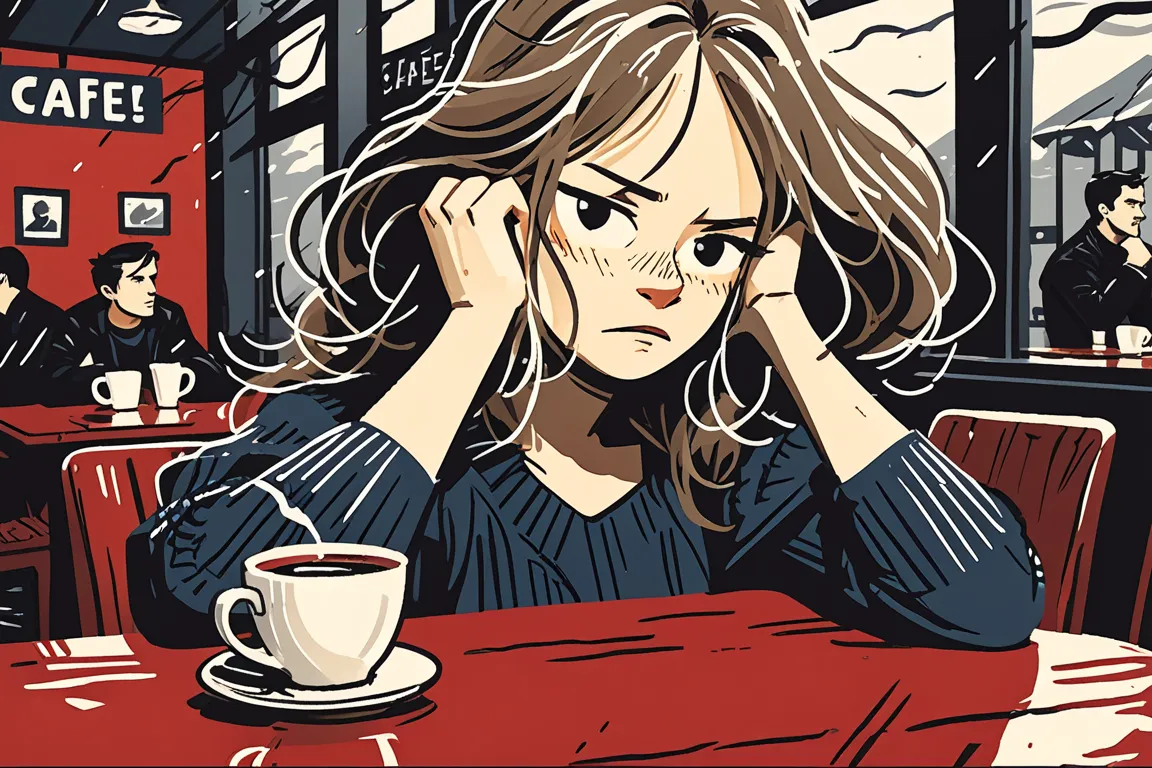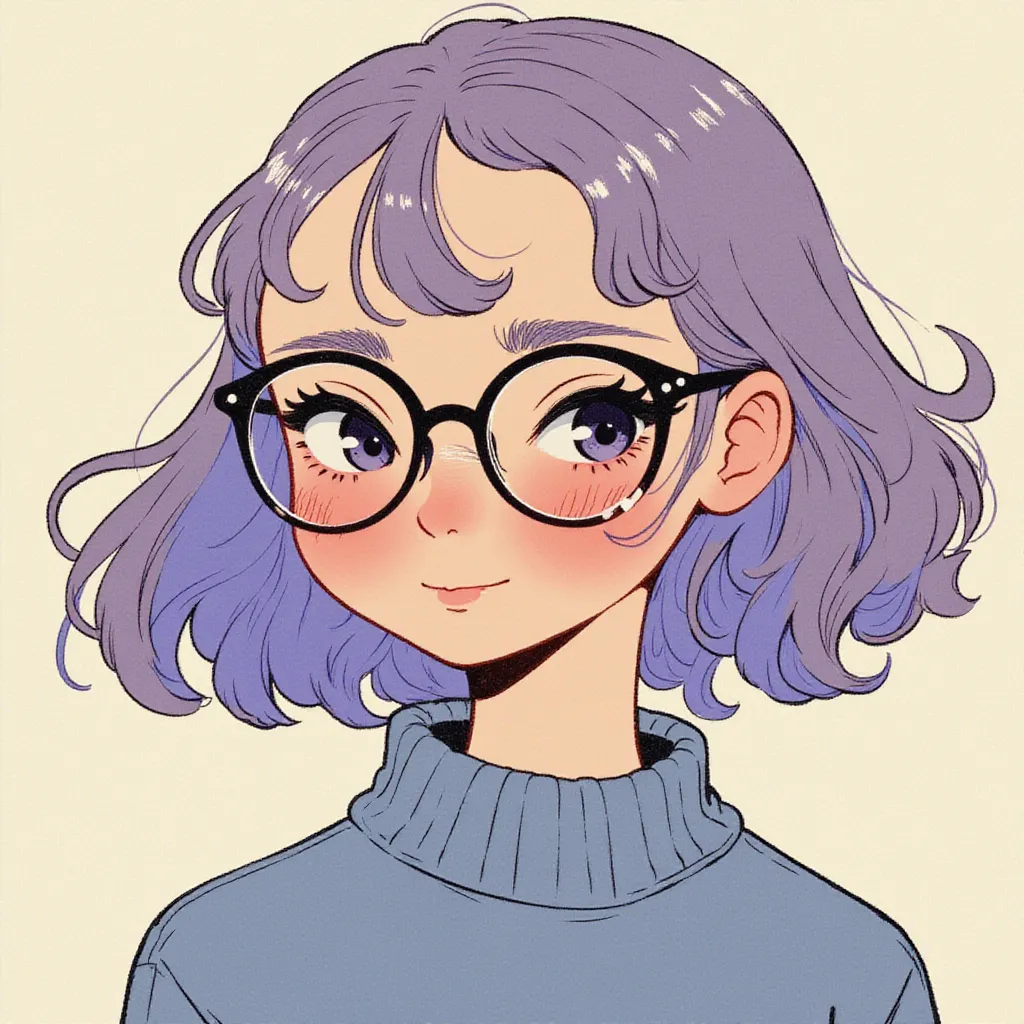Aramintak
Models by this creator

bandw-manga

4
The bandw-manga AI model, created by aramintak, is a specialized text-to-image generation model designed for producing bold line portrait illustrations, particularly in monochrome styles. It excels at generating high-quality images with a distinct manga-inspired aesthetic. This model can be particularly useful for artists or designers looking to create stylized illustrations with a minimalist, black-and-white aesthetic. When compared to similar models like sdxl-lightning-4step, retro-coloring-book, and pastel-mix, the bandw-manga model stands out for its focus on bold, high-contrast line work and simple prompts. Model inputs and outputs The bandw-manga model takes a variety of inputs, including a prompt, image, and various advanced settings such as CFG, steps, and sampler. The model can generate one or more images based on the provided input, with the output being a set of image URLs in the specified format (e.g., WebP). Inputs Prompt**: The text prompt that describes the desired image Image**: An optional image to use as a starting point for img2img generation Seed**: A seed value for reproducibility Steps**: The number of steps to run the sampler for generation Width/Height**: The desired dimensions of the output image Sampler**: The sampler to use for generation Scheduler**: The scheduler to use for generation Lora Strength**: The strength of the Lora model to apply Output Format**: The format of the output images (e.g., WebP) Output Quality**: The quality of the output images (0-100) Negative Prompt**: Things to avoid including in the generated image Denoise Strength**: How much of the original input image to destroy when using img2img Number of Images**: The number of images to generate Outputs A set of image URLs in the specified format (e.g., WebP) Capabilities The bandw-manga model excels at generating high-quality, stylized illustrations with a distinct manga-inspired aesthetic. It is particularly adept at producing bold, black-and-white line art portraits and illustrations that capture a sense of drama and minimalism. The model can create a wide range of characters, scenes, and environments, making it a versatile tool for artists, designers, and illustrators. What can I use it for? The bandw-manga model can be used for a variety of creative projects, such as: Generating illustrations and character designs for manga, comics, and graphic novels Creating concept art and storyboards for animated films or video games Designing eye-catching promotional materials, such as posters, book covers, or album art Producing illustrations for articles, blogs, or social media content Additionally, the model's ability to generate high-quality, stylized images can make it valuable for businesses or individuals looking to create unique and visually striking content. Things to try Experiment with different prompts to see the range of styles and subjects the bandw-manga model can produce. Try prompts that focus on specific elements, such as character expressions, poses, or environments, to see how the model handles different levels of detail and complexity. Additionally, explore the advanced settings, such as CFG, steps, and sampler, to see how they can be used to refine and customize the output.
Updated 9/16/2024

flux-softserve-anime

3
flux-softserve-anime is a text-to-image AI model developed by aramintak. It uses the FLUX architecture and can generate anime-style illustrations based on text prompts. This model can be compared to similar anime-focused text-to-image models like sdxl-lightning-4step, flux-dev-multi-lora, and cog-a1111-ui. Model inputs and outputs flux-softserve-anime takes in a text prompt and generates an anime-style illustration. The model allows for customization of the image size, aspect ratio, and inference steps, as well as the ability to control the strength of the LORA (Low-Rank Adaptation) applied to the model. Inputs Prompt**: The text prompt describing the desired image Seed**: A random seed for reproducible generation Model**: The specific model to use for inference (e.g. "dev" or "schnell") Width & Height**: The desired size of the generated image (optional, used when aspect ratio is set to "custom") Aspect Ratio**: The aspect ratio of the generated image (e.g. "1:1", "16:9", "custom") LORA Scale**: The strength of the LORA to apply Num Outputs**: The number of images to generate Guidance Scale**: The guidance scale for the diffusion process Num Inference Steps**: The number of inference steps to perform Disable Safety Checker**: An option to disable the safety checker for the generated images Outputs The generated anime-style illustration(s) in the specified format (e.g. WEBP) Capabilities flux-softserve-anime can generate high-quality anime-style illustrations based on text prompts. The model is capable of producing a variety of anime art styles and can capture intricate details and diverse scenes. By adjusting the LORA scale and number of inference steps, users can fine-tune the balance between image quality and generation speed. What can I use it for? flux-softserve-anime can be used to create illustrations for a variety of applications, such as anime-themed videos, games, or digital art. The model's ability to generate diverse, high-quality images based on text prompts makes it a powerful tool for artists, designers, and content creators looking to incorporate anime-style elements into their work. Additionally, the model could be used to rapidly prototype or visualize ideas for anime-inspired projects. Things to try One interesting aspect of flux-softserve-anime is the ability to control the strength of the LORA applied to the model. By adjusting the LORA scale, users can experiment with different levels of artistic fidelity and stylization in the generated images. Additionally, playing with the number of inference steps can reveal a balance between image quality and generation speed, allowing users to find the optimal settings for their specific needs.
Updated 9/16/2024

flux-koda

1
flux-koda is a Lora-based model created by Replicate user aramintak. It is part of the "Flux" series of models, which includes similar models like flux-cinestill, flux-dev-multi-lora, and flux-softserve-anime. These models are designed to produce images with a distinctive visual style by applying Lora techniques. Model inputs and outputs The flux-koda model accepts a variety of inputs, including the prompt, seed, aspect ratio, and guidance scale. The output is an array of image URLs, with the number of outputs determined by the "Num Outputs" parameter. Inputs Prompt**: The text prompt that describes the desired image. Seed**: The random seed value used for reproducible image generation. Width/Height**: The size of the generated image, in pixels. Aspect Ratio**: The aspect ratio of the generated image, which can be set to a predefined value or to "custom" for arbitrary dimensions. Num Outputs**: The number of images to generate, up to a maximum of 4. Guidance Scale**: A parameter that controls the influence of the prompt on the generated image. Num Inference Steps**: The number of steps used in the diffusion process to generate the image. Extra Lora**: An additional Lora model to be combined with the primary model. Lora Scale**: The strength of the primary Lora model. Extra Lora Scale**: The strength of the additional Lora model. Outputs Image URLs**: An array of URLs pointing to the generated images. Capabilities The flux-koda model is capable of generating images with a unique visual style by combining the core Stable Diffusion model with Lora techniques. The resulting images often have a painterly, cinematic quality that is distinct from the output of more generic Stable Diffusion models. What can I use it for? The flux-koda model could be used for a variety of creative projects, such as generating concept art, illustrations, or background images for films, games, or other media. Its distinctive style could also be leveraged for branding, marketing, or advertising purposes. Additionally, the model's ability to generate multiple images at once could make it useful for rapid prototyping or experimentation. Things to try One interesting aspect of the flux-koda model is the ability to combine it with additional Lora models, as demonstrated by the flux-dev-multi-lora and flux-softserve-anime models. By experimenting with different Lora combinations, users may be able to create even more unique and compelling visual styles.
Updated 9/16/2024